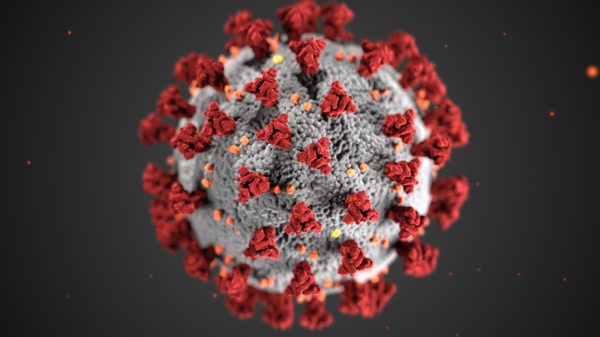Toxicology studies are primarily designed to evaluate the safety of potential drug candidates. This can include several in vivo and in vitro tests before a drug is cleared for clinical use.
Any drug candidate development that aims to move to clinical trials must adhere to GLP toxicology studies FDA. This represents the importance placed on Good Laboratory Practices by FDA during preclinical trials.
The larger goal is to ensure that the data (and drug) presented with the New Drug Application (NDA) is robust and safe. The included tox study also helps establish NOAEL (No Observed Adverse Effect Level). GLP is not necessary for the early stages of development. However, once a promising candidate starts progressing, employing GLP can be very useful.
As such, studying general toxicology and safety pharmacology has been very much dependent on studying in vivo experiments. Over the last two decades, the approach has changed with bringing toxicology studies to drug discovery. Initiating tox study with drug discovery can potentially reduce substantial monetary and time investments inherent to drug development.
Attrition caused by non-clinical safety concerns affects the productivity of pharmaceutical research and development. Concerns related to toxicology are often most relevant to these stages. Thus, better models that can reduce attrition are desirable.
Toxicology Skills And Drug Discovery
The paradigm of “fail early, fail often” is often touted where drug discovery is concerned. Like other applications of this paradigm, the idea is to do away with (doomed to be) unsuccessful development as fast as possible.
The earlier we weed out unsuccessful candidates, the faster we can reach the therapy that works. Of course, there must be refinements to the paradigm to ensure its viability. This includes accurate models, correctly categorized compounds, and data points that have covered contextual aspects.
A tox study during discovery may focus on two broad areas represented by target-related safety and chemistry-related safety.
Target-related safety looks for the unintended or adverse effects that may arise out of the intended pharmacology of the drug. Identifying these issues can allow optimizing the drug and present valuable project risk assessment data.
Chemistry-related safety is a pillar of the modern discovery phase. Predictive tools are often employed to find issues that can be avoided. It is common to use computational tools that work with models in silico for toxicology studies.
Other methods include using predictive in vitro models that reduce the need for in vivo studies, thus fewer animals have to be sacrificed during development. Strategic use of a TK assay is important. There is a wide range of TK assays available. It is important to choose the right one without wasting screening resources.
Employing computational models often relates to using High-Throughput Screening (HTS), automation, and big data methods. For early-phase drug discovery methods in silico, predictive quantitative structure-activity. relationship (QSAR) modeling and computational toxicology can be employed.
For toxicology in discovery, other scientific principles and facets of drug discovery should be considered. Including factors like biology, pharmacology, chemistry, and DMPK is necessary. These methods in a tox study can help understand (or formulate) the route of delivery and dosage.































































You must be logged in to post a comment Login